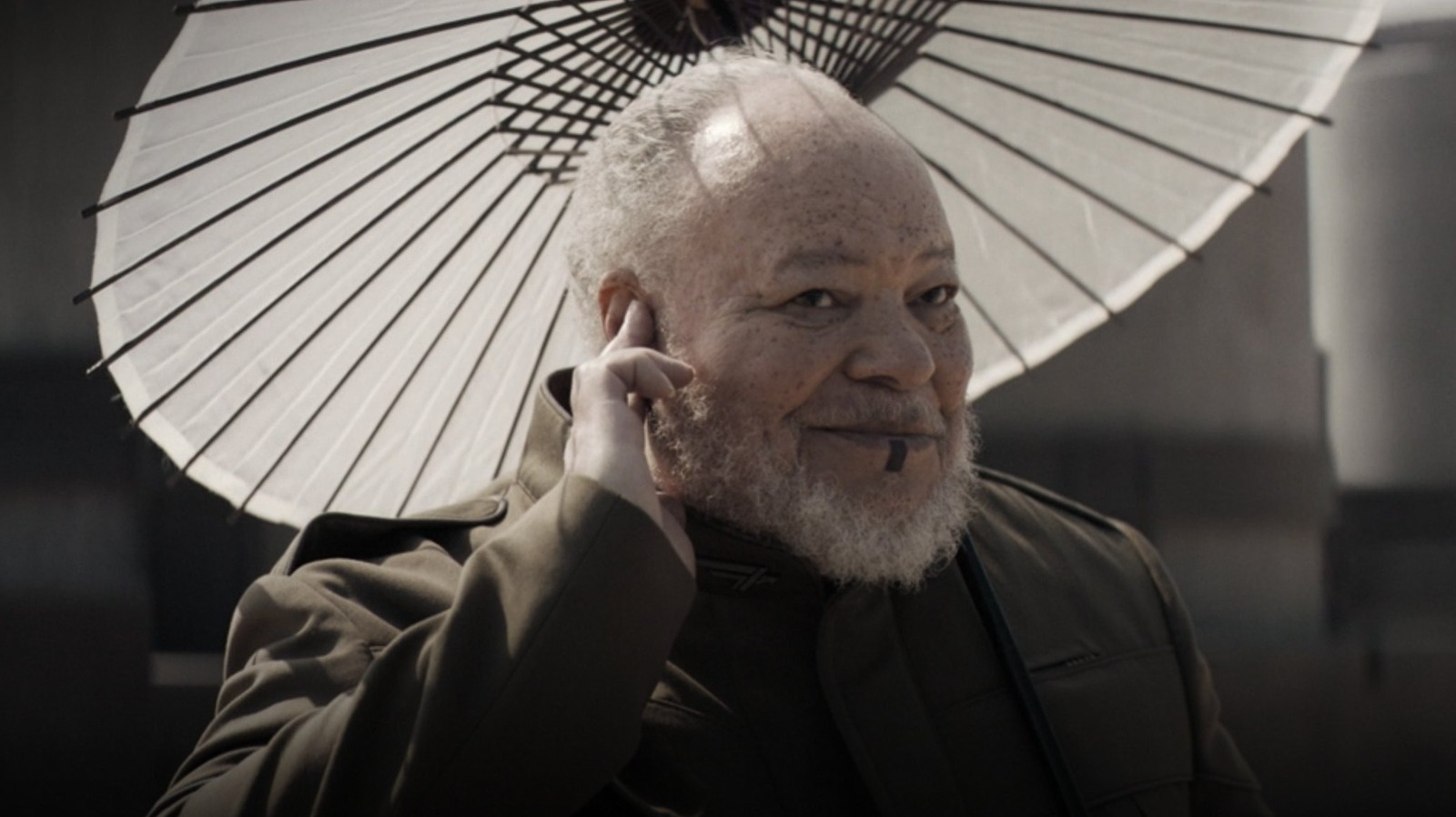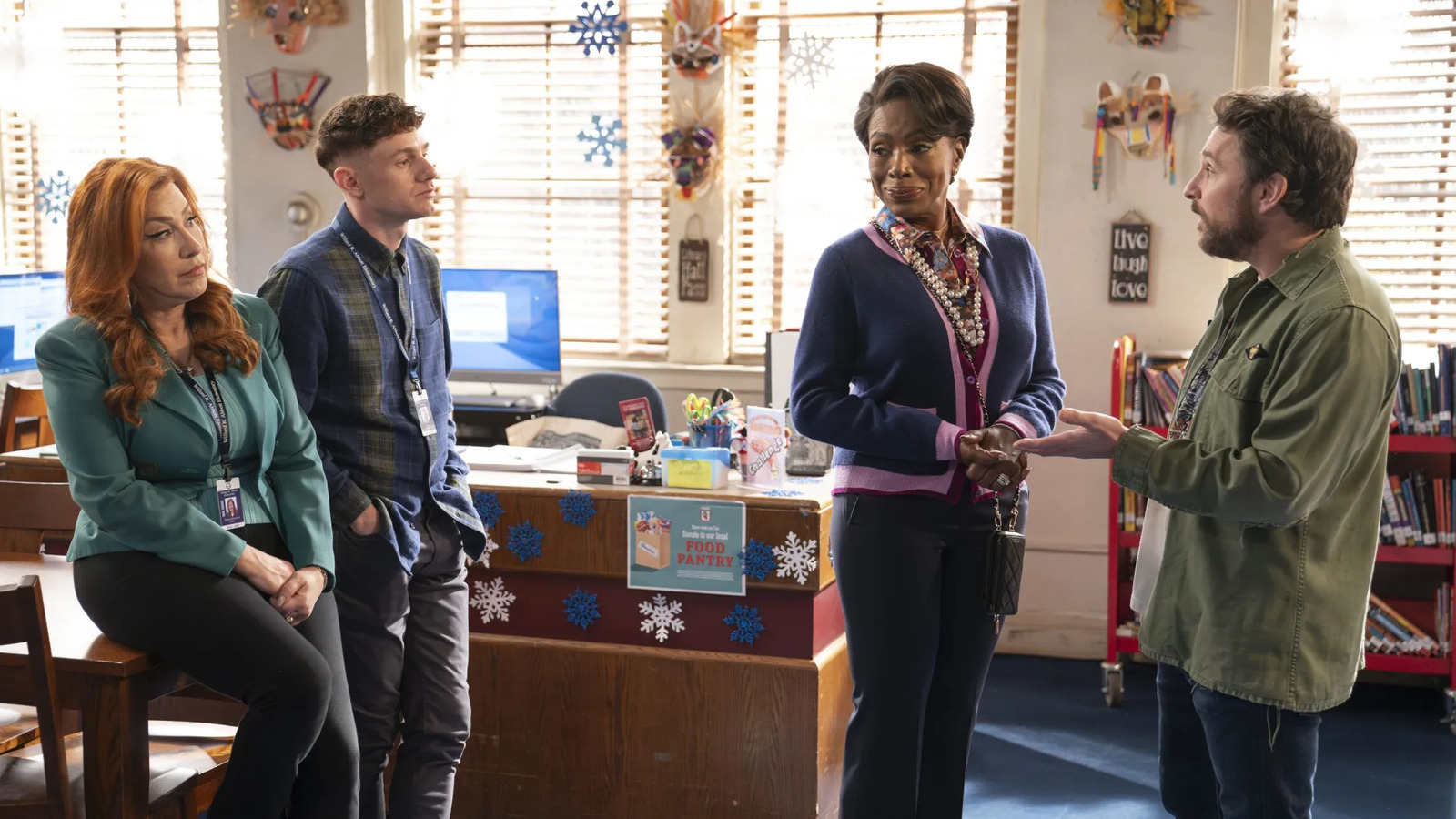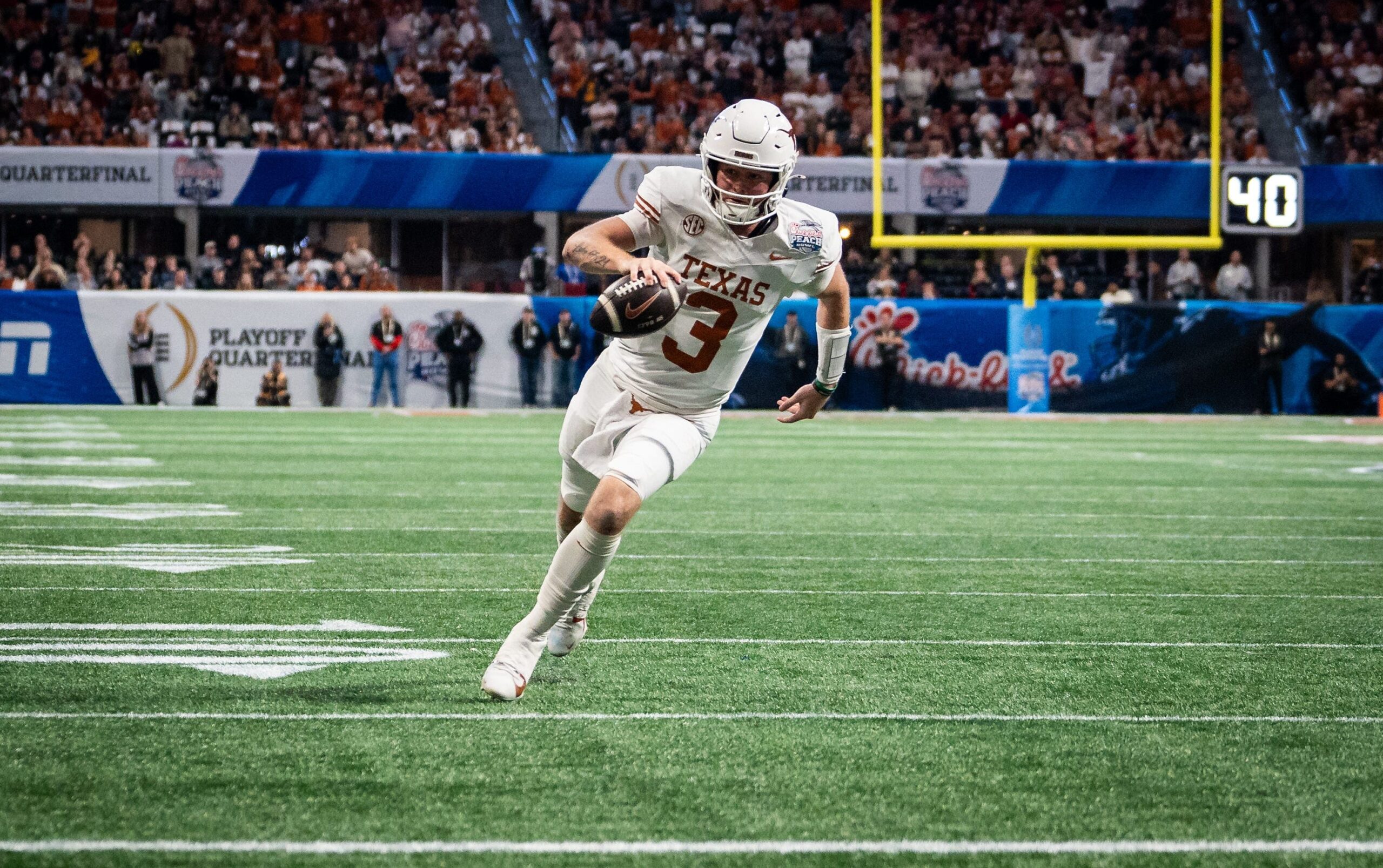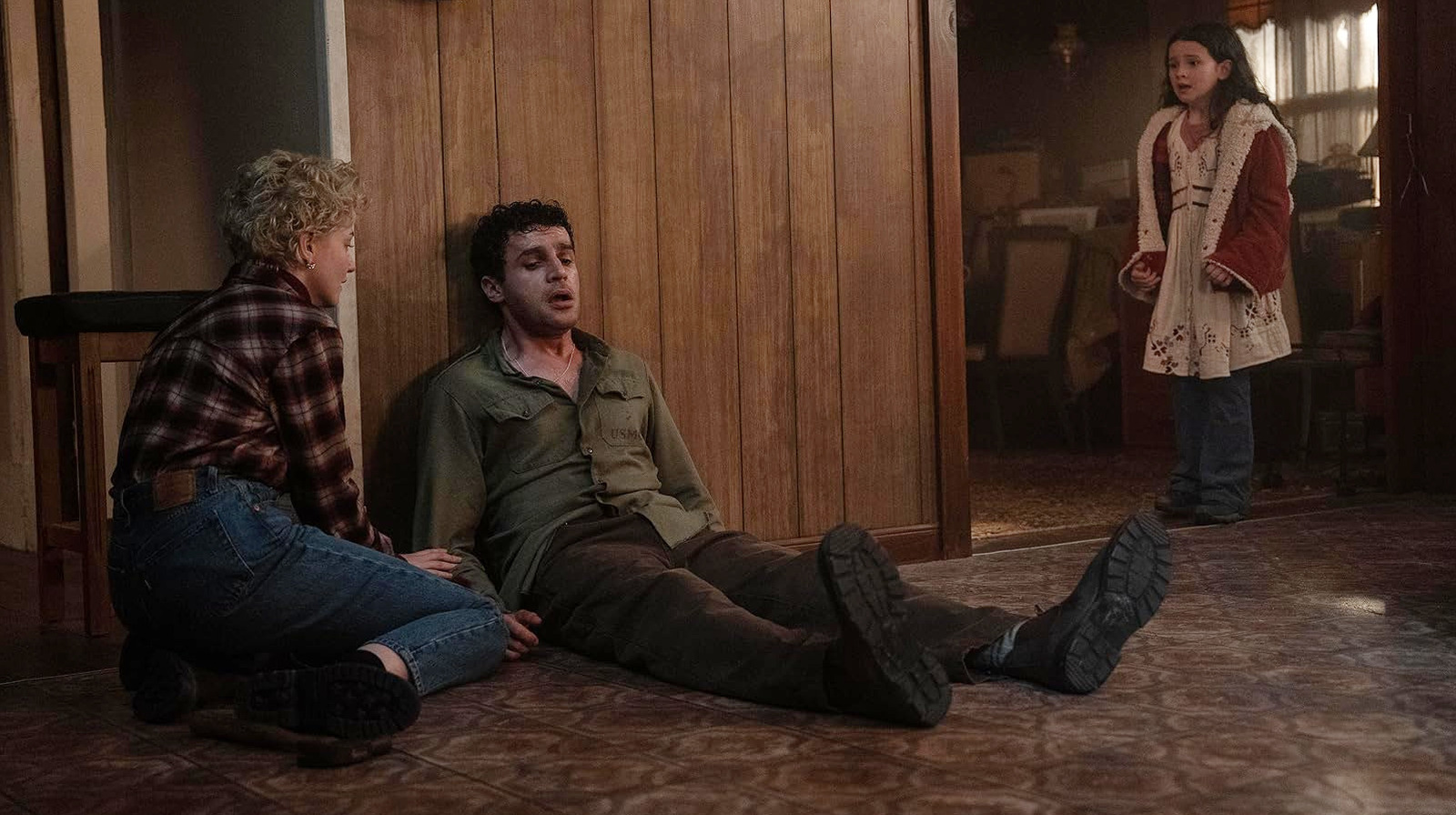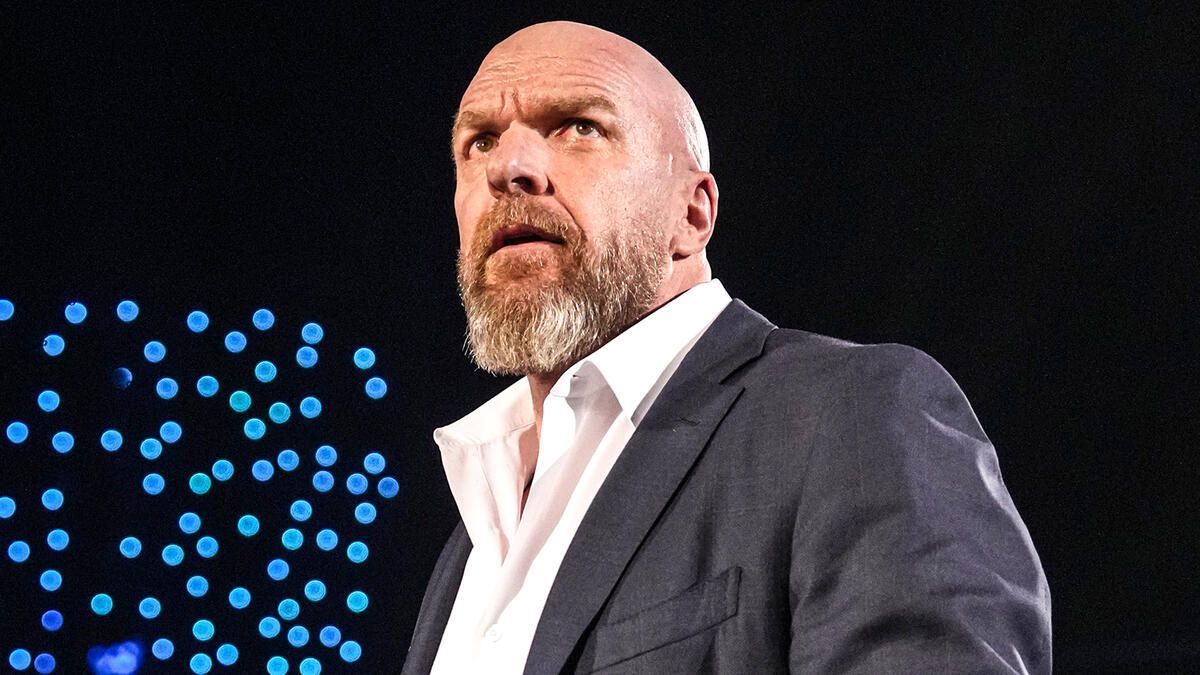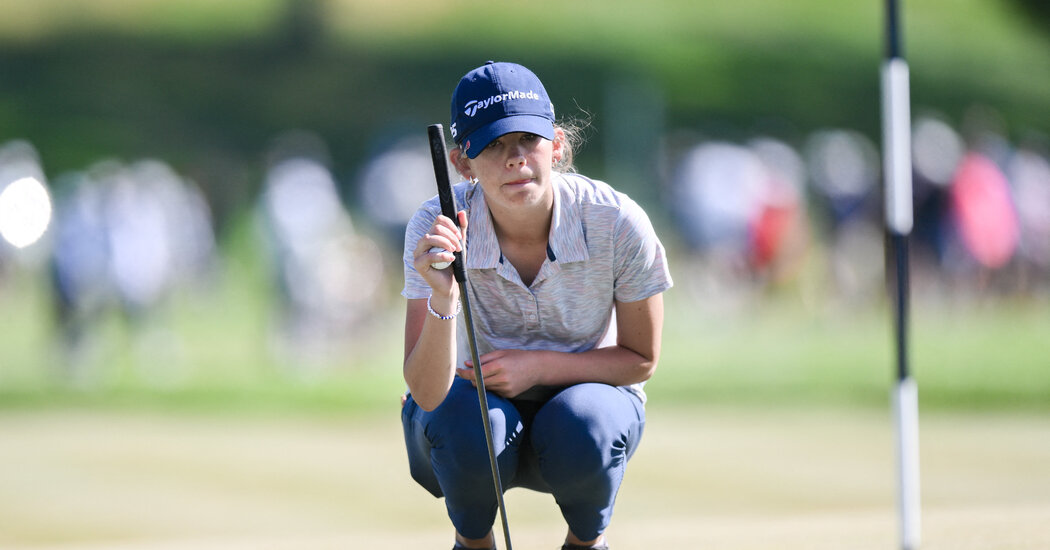
Asterisk Talley was faced with a tricky question after she made the cut at the U.S. Women’s Open, the second women’s major of the year. Would she have time to finish the homework that her teachers back home had assigned?
“I have a bunch of homework and it’s all due today,” said Talley, 15, part of a growing number of young golfers playing at the highest level of the game.
The admission spurred a raft of suggestions for excuses for why it wouldn’t get done, not least of all that she was teeing off late on Saturday, just a few shots off the lead.
When asked after the second round if she was feeling any pressure, Talley responded: “Not really. I feel like I’m kind of used to it.”
Women’s golf has been becoming younger for decades, and Talley is nowhere near the youngest player to tee it up in a major like the Women’s Open. Lexi Thompson, who is retiring this year at 29, was just 12 in 2007 when she qualified for her first one. (The youngest ever was Lucy Li, then 11.)
At this week’s Amundi Evian Championship, Yana Wilson, a 17-year-old standout amateur from Nevada, is the youngest player in the field, but this is old hat for her.
In 2023, Wilson won the amateur trophy at the Mizuho Americas Open. She shared the stage that week with Rose Zhang, then 20, who after winning the Augusta National Women’s Amateur that spring turned professional and promptly won her first event.
“We could not have scripted it any better,” said Cheryl Gilberg, the chief marketing officer for Mizuho Americas.
Inviting young amateurs to play in professional events is not limited to women’s golf. Miles Russell, 15, received a sponsors invite to the Rocket Mortgage Classic after making the cut in a Korn Ferry Tour event and finishing in the top 25, which got him into the next Korn Ferry event.
“It’s the same reason they invite Tony Romo to play,” Grant Boone, a golf commentator, said, referring to the former Dallas Cowboys quarterback. “The sponsors want people to pay attention to them. But a lot of exempt players or partially exempt players hate the thought of that precious spot going to a novelty.”
The career trajectories of young girls who turn professional before they’re even out of school is often debated, as it is with any preternaturally gifted athlete. The basketball great LeBron James was the No. 1 draft pick while still age 18.
Yet this year there is added attention on Thompson. This comes a year after Michelle Wie West, another childhood phenom who played in professional men’s and women’s events as a girl, retired at 32. Neither achieved the professional victories — Thompson had 11, with one major; West with five, with also one major — that their early promise would have predicted.
Thompson cited the constant pressure on her mental health as a reason for retiring.
“Although this has been an amazing journey, it hasn’t always been an easy one,” she said in a post on Instagram. “Since I was 12 years old, my life as a golfer has been a whirlwind of constant attention, scrutiny and pressure. The cameras are always on, capturing every swing and every moment on and off the golf course.
“Social media never sleeps, with comments and criticisms flooding in from around the world. It can be exhausting to maintain a smile on the outside while grappling with struggles on the inside.”
But Boone was cautious not to draw broad conclusions from a few high-profile players.
“There are enough examples to say there is something exacting about the life lived out in public,” he said. “It’s hard enough to grow up without someone watching. It’s tougher when someone is dissecting all your moves.”
There are exceptions. Lydia Ko, who turned professional in 2014 at age 17, has won 20 times and is a point away from entering the L.P.G.A. Hall of Fame. From the start, she said she didn’t want to play past 30.
Andrea Lee, who will be in the Evian this week, played her first U.S. Women’s Open at age 15 like Talley did. “I even played a practice round with Michelle Wie that week,” she recalled. “It was crazy. She won the entire thing. I was a kid and so shy that I don’t remember talking to her.”
What it did do was cement Lee’s desire to become a professional golfer, though she took a more traditional route by playing at Stanford University.
“I had a good amateur career and college career, but jumping into the professional scene, I put a lot of pressure on myself,” Lee said in an interview in June. “I really struggled. I missed a lot of cuts. I had to take a step back. I had to remind myself that I am a great golfer. I had to focus on what I had to do.”
The past decade has taught her a lot about golf and herself.
“As a 15-year-old kid, you don’t really know anything about being a professional or what that scene looks like,” she said. “You’re just having fun out there. Now as a 25-year-old professional, the goal is to win all the time. That’s what you want at the end of the day. To get there it’s about being comfortable to achieve the results I want to achieve. It’s a slow grind.”
She worries that some of the youngest players on tour are missing out on a key component that will aid them as they play at the highest level: fun.
“I hope they don’t see it as a job from the very beginning,” Lee said. “I hope these young girls really enjoy their youth. I encourage all the junior girls to go to college and be on a team. I encourage them to take their time. Enjoy the process of getting on tour. The L.P.G.A. isn’t going anywhere.”
It’s a sentiment echoed by Juli Inkster, who won 45 times, including seven majors, and is a member of the L.P.G.A. Hall of Fame. On a recent edition of the Big Pickle podcast, she talked about playing a variety of sports growing up and naturally gravitating to golf. She didn’t have an extended team of coaches, psychologists and trainers; she played golf and figured things out. But after competing in tournaments, she would go out with her fellow players and they would have dinner together.
Boone thinks that the financial rewards of playing on the L.P.G.A. push players to turn pro younger, making them feel more isolated.
“A 19-, 20-, 21-year-old kid and you’re on the L.P.G.A., and you have a sports psychologist, a physical therapist, a full-time caddie, and maybe your parents have quit their jobs and are following on tour, and you think, ‘I’m the C.E.O. of this corporation and if I don’t deliver every week these people aren’t going to eat,’” Boone said. “That’s a lot of pressure for an adult, let alone a kid.”
But the youth movement at major championships is here to stay. “This was the first U.S. Women’s Open where not a single competitor was in her 40s,” Boone said. “The oldest was 39.”
As for Talley, no word yet on that homework. But she did accomplish a goal: She tied for the low amateur with Megan Schofill, 22. That was good enough for 44th place, besting some of the game’s best players.

